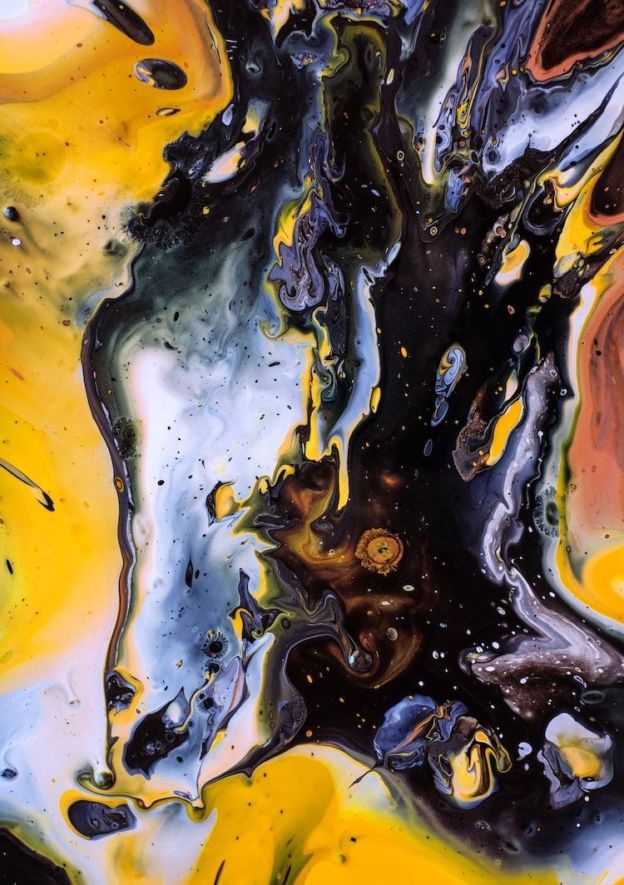Millennials are turning the art market upside down. This probably shouldn’t be a surprise: we now make up more than half of the workforce and have been cited as disruptors in practically every industry due to our new ways of conceiving of and interacting with traditional practices.
The same is true for the arts. Millennials are now appreciating and collecting art at levels above previous generations, but the ways in which they engage with the market couldn’t be more different. And with young buyers collectively spending $28 million at auctions in Hong Kong alone last year, it pays to tailor the market to these emerging needs.
Art Online
Millennials are the generation defined by our relationship to technology and social media, so it’s no wonder that one of the most significant changes to how we navigate the art market is the introduction of the internet.
First, we discover and buy our art online. A study by Invaluable found that 23% of Americans discover new art via social media, more than in museums and galleries and 39% of buyers purchase online. “With more artists on social media, Millennials can introduce themselves to their favorite art without leaving their bedroom,” says Malik French, an art blogger at Writinity and Lastminutewriting. “If they want to continue to engage with the Millennial market, galleries and museums have to find a way either to get Millennials off the screens, or bring the art to them.”
Experiences Over Objects
One potential way of winning over the online crowd is by focussing on experiences over objects. Wendy Arhol, a lifestyle writer at Draftbeyond and Researchpapersuk, points out that “young art consumers are no longer satisfied with owning a piece, they want a personal experience from their art. Art that showcases interaction, connection and the ephemeral is valued far more than a canvas to hang above your fireplace.”
This much is apparent from the widespread success of installation artists like Yayoi Kusama, whose Infinity Mirrors ignited not only Millennials’ passion for experiences, but their thirst for social media grandeur.
Part of this search for experiences is driven by a taste for discovery. In an online world where all information is at your fingertips, Millennials want to feel like they have found someone unknown or had a unique interaction. Very little of this is satisfied by buying physical pieces.
We’re Broke
Another reason Millennials aren’t buying physical pieces is, quite simply, we don’t have the money. Young adults today have lower incomes on average than any previous generation, along with more debt and higher living costs. The luxury of owning art is not feasible for most Millennials.
For those that can afford to buy art, financial gain is an increasing incentive. According to a survey by U.S. Trust, Millennials are twice as likely to view art as an asset to build wealth or store money in volatile markets than art collectors of other generations, and less likely to buy art simply for aesthetic value.
However, there is something to be said about the scale of purchases. According to art experts, purchases under $10,000 are unlikely to increase in value over time, and most ‘serious art’ costs over $50,000, even from young artists. This means there’s something of a split audience for art: those spending under $10,000, who do so for aesthetic pleasure and personal connection, and those spending over $50,000, who buy as a financial investment.
Takeaways
How can the art market respond to these trends? Perhaps the lesson is to focus on art that provides a personal experience rather than material wealth or to envisage new platforms to serve as online museums, connecting consumers around the world to new art and artists. As always, the market will be determined to a certain extent by artists, so it’s hard to predict exactly.
What is important to note is that the numbers tell us that traditional models are not going to work for much longer. Clinging onto the hope that Millennials will grow out of their internet obsession is just wasting time, now more than ever the market needs to adapt.








